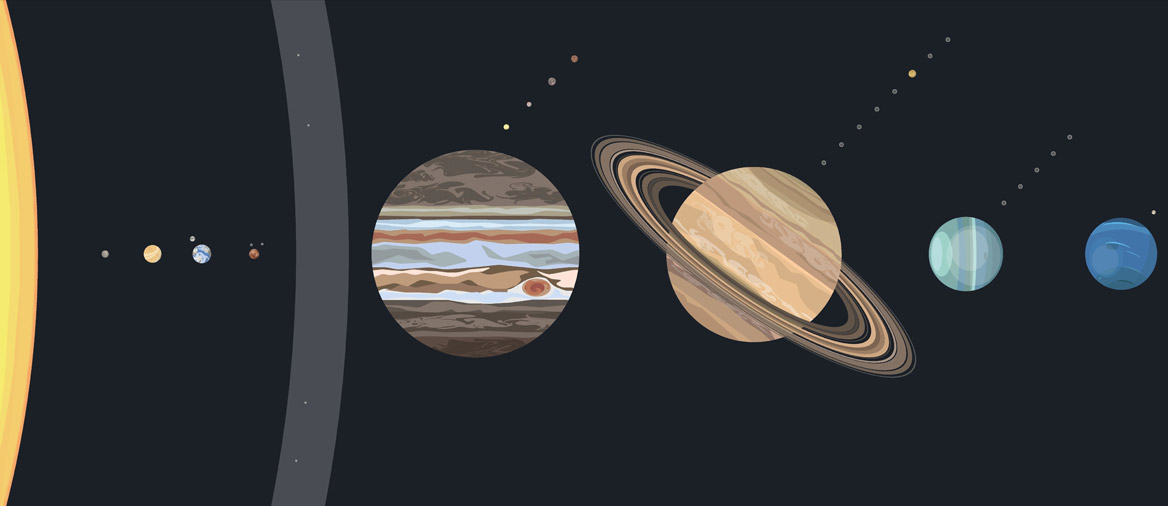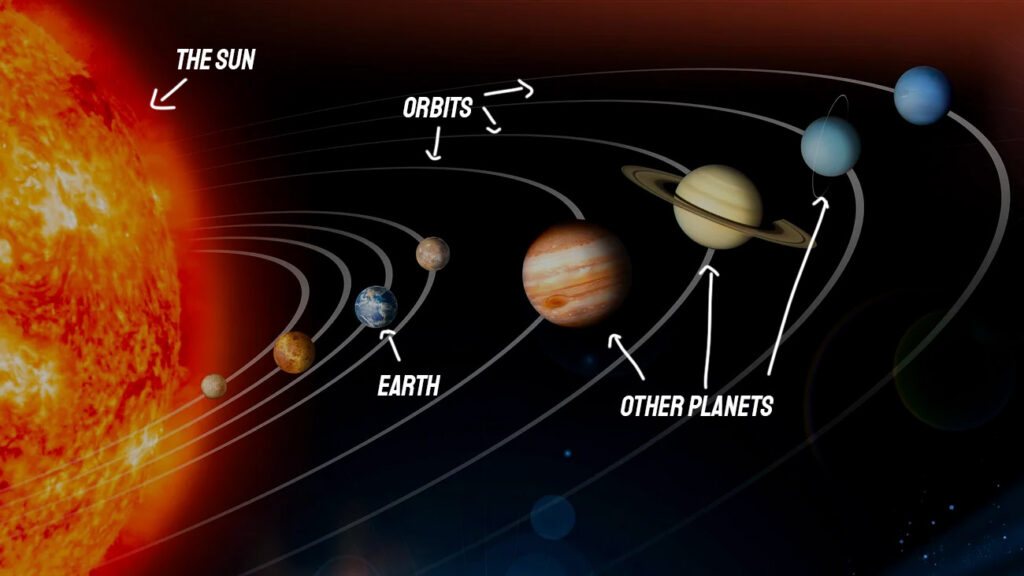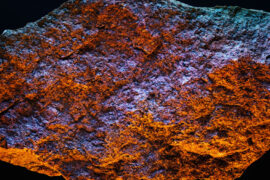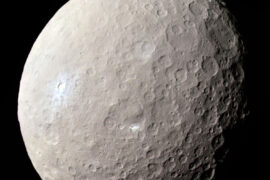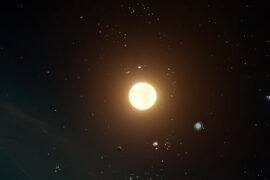The Solar system is a great place for kids to start learning about the universe. But reading about it can be overwhelming. There is so much information about the Solar system for kids but a lot of it is written using advanced terms and doesn’t completely answer their questions.
In this article, I’ll take a shot at explaining the Solar system for kids in an easy-to-understand manner and without assuming previous knowledge.
Let’s get started.
What is the Solar system? (explained for kids)
We live on a planet called Earth. There are other planets in space near ours. Some are smaller and some are much bigger.
All of these planets travel in circles around the Sun. Each planet travels in its own lane that we call an orbit. Like in a race when you are running and each person has their own lanes and they can’t cross to the others.
There are also other things in space, like big rocks called asteroids or icy rocks called comets. And all of them circle (or orbit) around the Sun.
That is the Solar system. The Solar system is a group of planets, asteroids, comets, and other things that orbit around the Sun. Think about it as our local neighborhood. Mars, Venus, Jupiter, and the other planets are our close neighbors.
The Sun is at the center of the Solar system.
But the Sun is not a planet, though. The Sun is a star. It is a big ball of hot gas that is burning at all times.
And because the Sun is a star, it is the biggest object in our neighborhood called the Solar system and that’s why it sits at the center and the others circle around it.
There are other solar systems in space, and they are made of other stars that have other planets orbiting them. But we’ll leave that for another day.
Solar system facts for kids
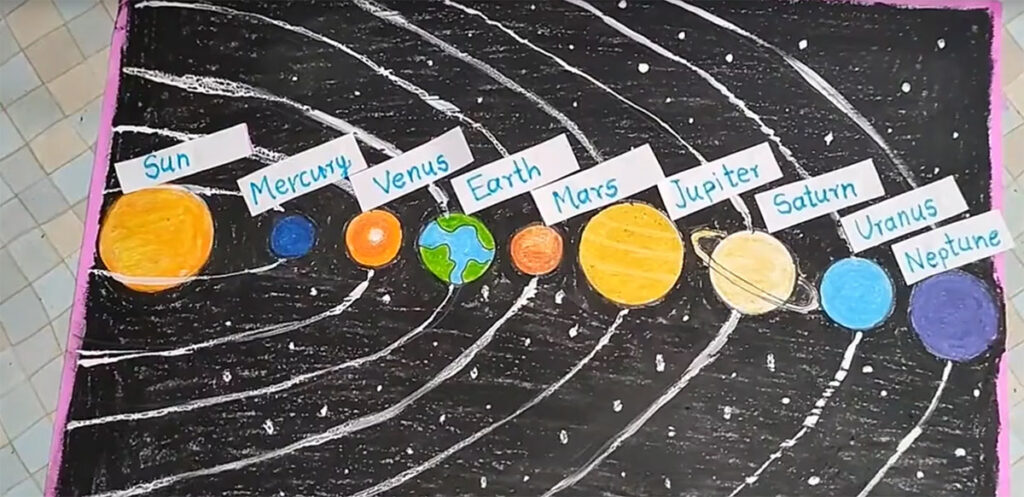
1. The Solar system has 8 planets
In order from closest to the Sun to the farthest, the planets in the Solar system are Mercury, Venus, Earth, Mars, Jupiter, Saturn, Uranus, and Neptune.
All the planets have different characteristics, sizes, and are made of different things. For example, Jupiter is the biggest planet and is made mostly out of gas. Saturn has its rings. And Earth is the only planet where we can live and the only one that has life.
2. All the planets have the same age
Even though they seem very different, the 8 planets in the Solar system have a lot in common.
They formed out of the same cloud of material at the same time. The age of the planets is approximately 4.6 billion years. One billion is one thousand million. The planets are very, very old.
3. The Sun also rotates and moves
Because our planet travels around the Sun, we sometimes see it as if it wasn’t moving. But that’s not the case at all.
The sun rotates just like Earth and is also moving in space. In fact, everything in space is in motion all the time.
4. The biggest planet in the Solar system is Jupiter
Jupiter is really, really big. It is more than 11 times the size of Earth.
5. The smallest planet in the Solar system is Mercury
Mercury is very close to the Sun. So close that it was not able to grow as big as the other planets.
This is why Mercury is 3 times smaller than Earth and is the smallest planet in the Solar system.
You can learn more in this comparison between Mercury and Earth.
6. Some planets are made of gas and others of rock
Even though all the planets look solid from Earth, some of them are just made out of gas. They are called “gas giants” because of that. If a spaceship were to drop on any of these planets there would be no ground to stop it and it would just keep falling.
The gas planets in the solar system are Jupiter, Saturn, Uranus, and Neptune.
The rest of the planets, like Earth, do have a surface to stand on. Those are called rocky planets and are Mercury, Venus, Earth, and Mars.
7. The rocky planets are closer to the Sun. The gas planets are farther.
All the rocky planets (Mercury, Venus, Earth, and Mars) are close to the Sun. They are also called “inner planets” for this reason.
The gas planets are in the outer parts of the Solar system, and that’s why they also receive the name “outer planets”. These are Jupiter, Saturn, Uranus, and Neptune.
We still don’t know if this is a coincidence or if in other solar systems planets are arranged the same way.

8. We didn’t always know the Sun was at the center of the Solar system
Ancient civilizations believed that Earth was not only at the center of the Solar system but that it was at the center of the whole universe. This is because, from our point of view, the Sun appears to circle Earth every day as it sets and rises.
We now know this isn’t true. It is the Sun which is at the center of the Solar system and the planets orbit around it.
The first person to popularize this idea was the Polish mathematician Nicholas Copernicus in the 16th century.
9. There are millions of other objects in the Solar system
The Solar system is not just made up of the Sun and the 8 planets. There are some smaller objects mostly made out of rock, metal, and ice. They are called asteroids, meteoroids, and comets. All of them orbit the Sun, and some of them even live beyond Neptune which is the farthest planet from the Sun.
There are millions of asteroids and meteoroids, and at least a few thousand comets.
10. There is an asteroid belt between Mars and Jupiter
Right between Mars and Jupiter, there is a division made up of millions of asteroids (large rocks) that form a circle dividing the inner planets from the outer ones. We call this the asteroid belt.
11. The solar system also has small planets called “dwarf planets”
There are 8 planets in the Solar system. But there are also other objects that are too small to be a planet, but too big to be an asteroid.
We call those dwarf planets and there are currently 5 of them. Scientists believe there might be more of these that are yet to be found.
12. The Sun and the planets are spherical
The large objects in the universe tend to take the shape of a sphere. This is why all the planets and the Sun have the shape of a ball but smaller objects like meteors can have weirder shapes.
13. Planets can have moons
The Sun is not the only object that can have other things orbiting them. Planets can do that too with objects that are smaller than them. Scientists call these natural satellites but they are more commonly known as moons.
Our moon is one of these natural satellites. It orbits around Earth while Earth circles around the Sun.
The bigger planets can have more moons. Jupiter, for example, has at least 92 moons although most of them are much smaller than our Moon.
The rings of Saturn are another example of objects orbiting a planet. They are mostly made up of small rocks and dust.
14. The Solar system is also moving
As mentioned earlier, everything in the universe is moving. That includes the whole Solar system which is also orbiting around the center of a galaxy with other Solar systems and stars.
15. The Solar system is part of a galaxy
Just like the Sun and planets form a group called the Solar system, many Solar systems along with stars and other objects also form larger neighborhoods called galaxies. The galaxy we are in is called The Milky Way and if you live somewhere where many stars can be seen at night, you can sometimes see a part of it.
Related reading
One of the best ways for kids to learn more about space is by looking at the stars and the planets using a telescope. Check out our guides on the best telescopes for 0 to 5-year-olds, best telescopes for 6 to 10-year-olds, and best telescope for teenagers.

